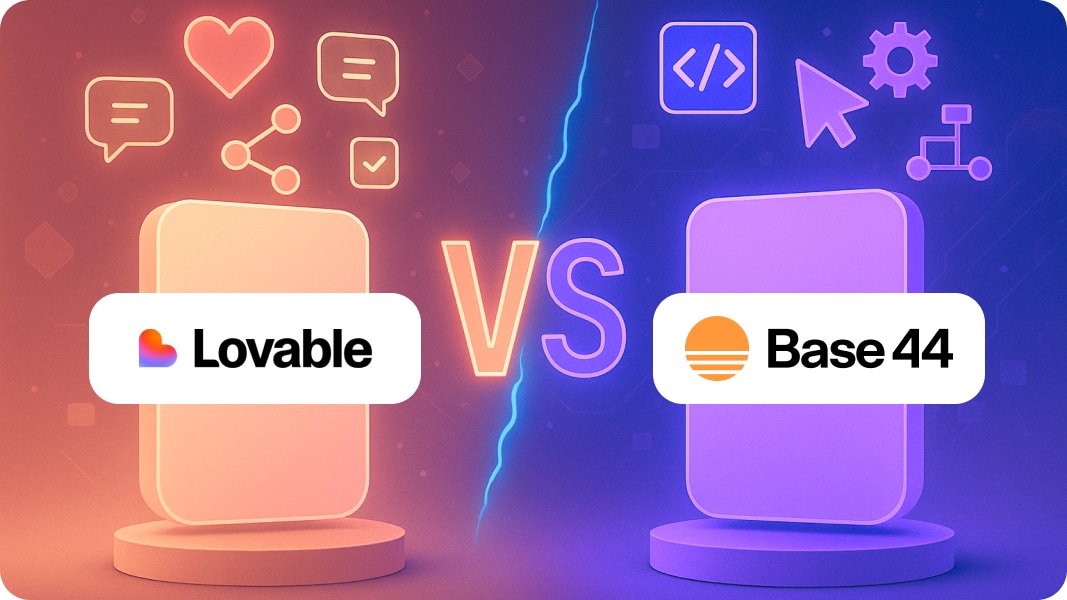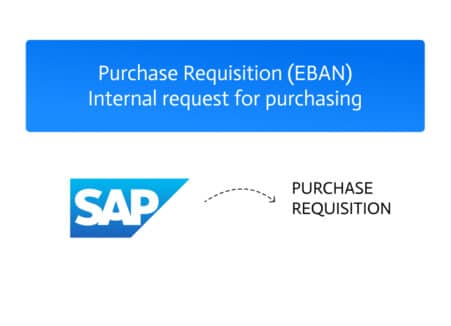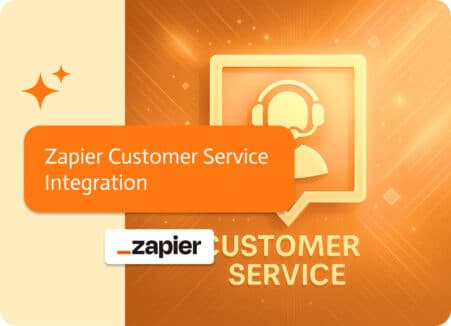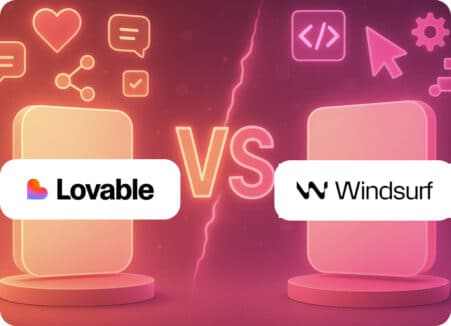

Lovable vs. Base44: Underdogs in the Vibe Coding World
Some of the most exciting contests aren’t always between the giants of any given contest, sometimes, they’re between scrappy challengers who have their sights set on being the next big thing. That’s very much what’s going on in the Lovable vs. Base44 matchup. These two new vibe coding platforms came out around the same time, they’re going after roughly the same audience, and are both sure they’ve figured out how to turn regular people into master app builders overnight.
Lovable grew with outstanding speed, to be honest, and this is probably because the founders believed that people wanted their apps built FOR them. Base44 was just bought by Wix for $80 million after getting 250,000 users in six months, showing that someone (who should be given a raise) thought their “everything under one roof” idea was worth a lot of money.
The Lovable vs. Base44 contest gets heated because they are both trying to win over the same people: non-techies who need real apps but don’t want to become developers in the process. You don’t have to learn React or understand schemas to use either platform.
Lovable vs. Base44 Overview
Well, who should you be paying attention to? Let’s look more closely at this surprisingly interesting rivalry.
Lovable: The Quick-Acting Expert
People are drawn to Lovable because of how fast it is and how deep it is at the same time. The platform doesn’t waste time with onboarding tutorials or making you learn a proprietary system. Anyone can make software that is ready for production with Lovable, even if they don’t know how to code. You type in what you want, and it builds it. You can see a working application in no time at all.
But here’s what makes Lovable different from toy builders: you own the code. Users still own the code that is generated, which gives them the ability to change it whenever they please. The GitHub integration isn’t just for show; you can export everything, give it to a team of developers, and they can keep working on what Lovable started. It’s a real way to get from prototype to production, not a dead end.
What Makes Lovable Interesting at the Moment
The platform recently rolled out Lovable AI and Lovable Cloud, both powered by Google’s Gemini. Creators are able to add AI features to their apps with Lovable AI without having to set anything up or pay for them separately. Would you like a chatbot for customer portals that can answer questions about orders? Just talk about it.
This AI-in-apps approach is smart because it’s actually solving real-world issues, because adding AI features to most no-code tools can prove to be very hard a lot of the time. Lovable makes it as easy to add as a button.
The platform also works with Supabase and GitHub for databases and version control, so you can really connect with other people instead of being stuck in a closed ecosystem.
You’re making real applications that can work with real workflows, not demos that look good but can’t meet the needs of real businesses.
When Lovable Hits a Wall
The platform’s documentation makes it clear that complicated, business-level apps may still need a developer’s help to make them better. You can make complex apps, but getting them ready for production at scale, with good security and performance, often requires more than just asking a computer to do it.
There is also the reality of prompt engineering. To get the best results for complex tasks, you need to learn how to ask for things. Some people think this is easy and fun because they’re basically designing through talking. Some people are upset because they thought “no code” meant “no learning curve at all.”
Base44: The All-Inclusive Newcomer
Base44 started in early 2025 and right away set itself apart by offering everything you need and nothing you don’t in one place. In 2025, Base44 will be one of the most complete no-code tools on the market. You can get everything you need to go from idea to launch in one place.
The platform’s pitch is refreshingly simple, its vibe coding AI app builders promise ease of use, but they end up being frustrating because you have to constantly piece together third-party services for databases, authentication, storage, and analytics. Base44 turns this model on its head by putting everything you need in one place, which they call “integration hell.”
What Makes Base44 Compelling
The all-in-one approach really does make a difference. Managing a database? Create data models visually without knowing SQL. Authentication of users? Done. Use OAuth, magic links, or regular passwords to log in safely. Do you need file storage? Included. You can upload documents and images by dragging and dropping them. What are analytics? Put together. You can keep an eye on how users use your app and how well it works without using Google Analytics.
Base44 uses Anthropic’s Claude, an advanced AI, to understand conversational prompts and make everything from code to user interfaces. The platform automatically chooses between Claude Sonnet 4 and Gemini 2.5 Pro to get the best performance, but you can change this if you want.
There are smart touches in the interface that show that someone thought about how things would really work. You can choose a category (like Travel, Finance, or Home Management) from the Idea Library, and Base44 will give you a full use case to use as a prompt. This is great for getting ideas or doing quick demos. With styling instructions, you can add a single word like “claymorphism” or “glassmorphism,” and the builder will add design hints without making you mess with CSS.
This is backed up by results in the real world. Using Base44, a marketing agency made a client portal that lets clients keep track of tasks, pay bills, and see analytics. This saved them $8,000 a year in SaaS fees. A retail business automated the tracking of its supply chain, which cut down on manual errors by 70%. These aren’t just fun projects; they’re real businesses that are making real money.
Where Base44 Gets Tough
Putting everything together means making a choice. You can export code as a ZIP file or push it to GitHub (which is still in beta), but it’s not clear how to move the database if you decide to leave the platform. Right now, that integrated database is very useful, but it could make it harder to move to another platform in the future if you outgrow Base44.
Credits for the free package go vanish quickly, so be ready to upgrade sooner than you think. The designs are sleek, but they can feel a little cookie-cutter. If you want a look that is really different, you’ll need to use a lot of visual editing tools or add your own code.
Some users say that there are problems, such as the fact that codebases can’t sync with GitHub, which makes developers who want more control over version history and collaboration workflows cranky.
Lovable vs. Base44 Vibe Coding Head-to-Head
Pick Lovable when:
- The most important thing is how quickly you can go from idea to working prototype.
- You want to be able to export code and give it to developers.
- Features like chatbots and sentiment analysis that use AI in apps are very important.
- You know how to do prompt engineering well.
- You may need to have custom development done on your apps in the future.
- You want proof that it works (about 8 million users)
Pick Base44 when:
- You want everything in one place and don’t want to rely on other things.
- You like the idea of getting rid of Supabase, separate hosting, and analytics tools.
- You need a database, authentication, and storage from the start.
- You like to edit things visually after AI makes them.
- Your apps will stay in Base44’s ecosystem for a long time.
- You like platforms that have strong support (like the Wix acquisition).
The Hybrid Reality of Lovable vs. Base44
Smart teams are finding that these platforms don’t have to be used separately. Some people who work on products make prototypes in both and compare which one works better for their specific use case. The vibe coding method makes it easier to switch between platforms than you might think. You’re still describing what you want.
Some people use Lovable for apps that customers will use, which may need developer refinement later, and Base44 for internal tools where the all-in-one convenience is more important than future portability. Different skills for different problems.
Noca Plays a Different Game Here
Lovable and Base44 are direct competitors for non-technical builders, but Noca takes a different approach to vibe coding by looking at it from the enterprise orchestration point of view.
Noca is great when apps need to connect to complex business systems like Salesforce, NetSuite, ERPs, and even those old systems you still use. Lovable might let developers export code to connect integrations, and Base44 might have trouble with enterprise-specific connectivity. Noca, on the other hand, is great at orchestration.
Noca helps you make apps that work well with the infrastructure you already have in place for your business. Extra features for different needs in an organization.
The Uncomfortable Truth About Lovable vs. Base44
Let’s be honest: there are pros and cons to both the Lovable and Base44 vibe coding options.
Lovable’s main features depend a lot on LLMs from other companies. If those companies change their prices, terms, or performance, it could directly affect the quality of the service or the company’s profits. That reliance makes things risky.
Base44’s all-in-one approach is easy now, but it could make moving later on more difficult. It’s true that the platform limits code export and locks you into a vendor, so once you build something big, you’re kind of stuck.
For really complicated, production-ready apps at scale, neither platform will be able to replace experienced developers. They speed up and make it easier for a certain type of app to work, but they don’t replace all engineering knowledge.
The Bottom Line on Lovable vs. Base44
The comparison between Lovable vs. Base44 shows that both platforms are very ambitious and are trying to solve the same problem in slightly different ways.
Lovable made $17 million a year with 30,000 paying customers by focusing on speed, AI features, and code ownership. For example, Sabrine made $456,000 in ARR in three months with a women’s safety app that was made entirely with Lovable. The platform’s growth shows that they are helping real businesses with real problems.
Base44 got Wix to drop $80 million by making the best all-in-one experience in the vibe coding space. The platform gained 250,000 users in six months by getting rid of the problems that other builders have with integration. That purchase proves their point; Wix saw something that was worth a lot of money.
Neither one is better than the other in all cases. They are optimized for slightly different priorities within the same general use case. Your choice between Lovable and Base44 depends less on which one has better features and more on whether you value speed and portability (Lovable) or completeness and convenience (Base44).
It’s not about one platform winning in the vibe coding revolution. It’s about having the right tools for every situation, priority, and organizational setting. Lovable and Base44 are both working to move that revolution forward, but they are doing so from different points of view, with different ideas, and with different goals.
Lovable vs. Base44 FAQs
What platform is really easier for people who have never used one before?
Noca, it’s obvious. From simple language prompts to fully functional apps that can be used right away. You don’t need to know how to use syntax; just write down what you think, and Noca will spit it out right away.
Can I really start businesses that make money on either platform?
Of course. Lovable users have started businesses that make six figures a year. For example, Sabrine’s women’s safety app made $456,000 in its first year, and Lumoo hit €700,000 in ARR in just seven months. Base44 users say they save more than $8,000 a year by using custom solutions instead of expensive SaaS tools. These are real effects on revenue, not just models.
What are the price differences between Lovable and Base44?
They both use models based on credit or tokens. Lovable’s pricing tiers start lower for basic use, while Base44 offers a free plan with seven messages per day and 500 integration credits but expects upgrades to happen faster. The total cost depends a lot on how you use the service. Base44 might be cheaper for projects that stay in their ecosystem, while Lovable might be cheaper if you export early.
Can I leave either platform and take my code with me?
With GitHub integration, Lovable makes it easy to own code and export it. Base44 lets you export ZIP files or push to GitHub (in beta right now), but moving the integrated database could make things harder. Lovable makes it easier to get to the code export you need.


